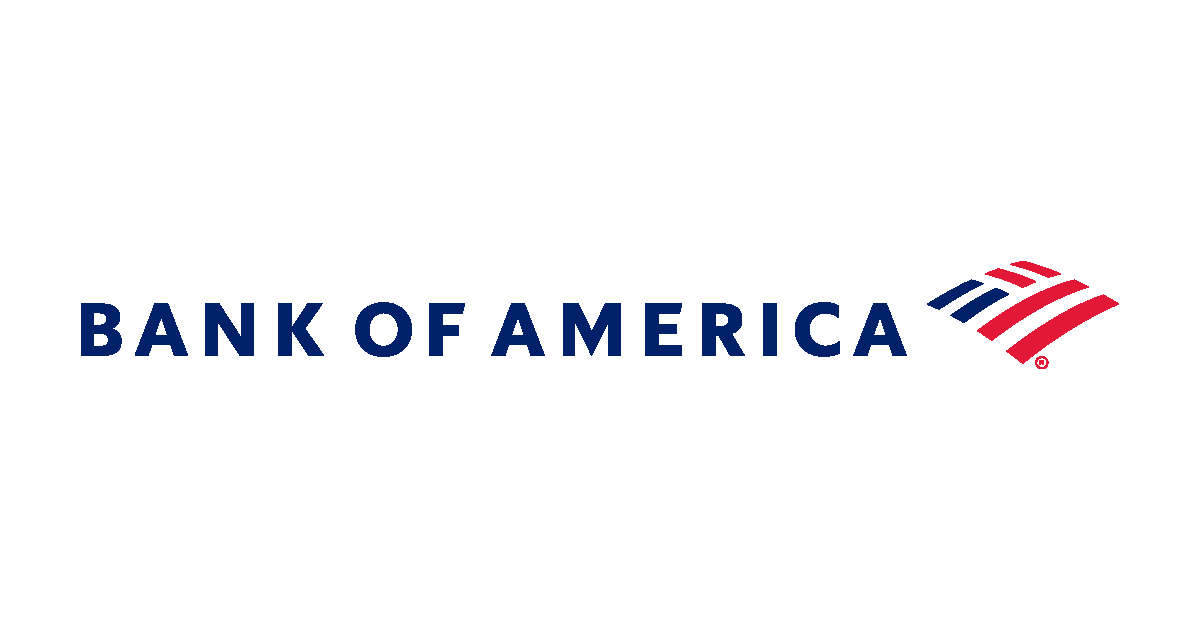Investors continued their risk-on mantra in the second quarter of 2023 fuelled by the prospect of global growth and a pause in the Federal Reserve’s rate hiking cycle.
Signals from both bond and equity markets continued to be mixed, with the US Treasury yield curve inverting to its deepest point since 1981 last week while equity market valuations and corporate bond spreads have shown signs of resilience in recent months.
Despite this, the MSCI All Countries World index has posted returns of 11.2% this year, with investors quick to jump on signs of any positive forecast in the global economy.
Sebastian Raedler, investment strategist at Bank of America (BofA), said: “Many investors express puzzlement at the continued equity market strength.
“The market's resilience, in our view, is explained by a strong global growth rebound, with the global purchasing managers index (PMI) up six points since Q4, driven by an eight-point rebound in the US, while growth momentum in the euro area and China has started to fade.”
It came as the VIX, which measures volatility in the market, fell back to pre-COVID-19 levels at the end of June, a level widely deemed unstainable heading into the second half of the year.
Meanwhile, the Fed’s rate hiking pause and cooling inflation in June also soothed investors’ fears about more interest rate hikes, although the central bank has signalled more hikes could be on the cards in the second half of the year.
So, how did European ETF investors allocate in Q2?
Risk on?
Leading the way yet again was the iShares Core MSCI World UCITS ETF (IWDA), which recorded net new assets of $4.1bn in Q2, adding to its overall inflows this year of $6.2bn, according to data from ETFbook.
IWDA was backed up by the Xtrackers MSCI AC World ESG Screened UCITS ETF (XMAW) and the iShares MSCI ACWI UCITS ETF (SSAC), which each saw $1.4bn net inflows, respectively.
Global equities have continued to be the most popular asset class this year, attracting $13bn in new assets in the first five months of 2023.
There were also signs of risk-on sentiment in the fixed income space, with lower inflation reasons encouraging investors to spread their wings in the bond market.
Highlighting this, the iShares Core € Corp Bond UCITS ETF (IEAC) gained $4.1bn inflows over the quarter while investors piled $1.1bn into the Xtrackers EUR Corporate Bond UCITS ETF (XBLC).
Elsewhere, the iShares J.P. Morgan EM Local Govt Bond UCITS ETF (SEML) and the BNP Paribas Easy JPM ESG EMU Government Bond IG 1-3Y UCITS ETF (BNJPGTC) recorded inflows of $1.2bn and $1.1bn, respectively, as investors eye interest rate cuts ahead of developed markets.
Outside the broad-beta fixed income space, the Lyxor US Curve Steepening 2-10 UCITS ETF (STPU) continued its hot streak taking in $1.5bn over the quarter – the third most in Europe – as investors anticipate an eventual end to the Fed hawkishness on interest rates.
Emerging market ETFs also felt the love in Q2, with the iShares Core MSCI EM IMI UCITS ETF (EIMI) posting inflows of $1.3bn, while the iShares MSCI China A UCITS ETF (CNYA) saw inflows of $856m despite worsening sentiment over the quarter.
Short-duration shunned
Short-duration bond ETFs also posted significant outflows over the quarter as cooling inflation fuelled debate about whether central banks may slow its rate hiking cycle later this year.
Amassing the most outflows over the quarter was the Invesco US Treasury Bond UCITS ETF (TRGB), with investors pulling $1.2bn over Q2 as investors turned their attention to corporates.
Meanwhile, the iShares € Ultrashort Bond UCITS ETF (ERNE) and the iShares $ Treasury Bond 0-1yr UCITS ETF (IB01) posted outflows of $736m and $730m, respectively.
Also highlighting investors’ inflation expectations for the rest of the year was the $641m withdrawn from the Lyxor EUR 2-10Y Inflation Expectations UCITS ETF (INFL).
Within equities, investors’ expressed their risk-on appetite with value and low volatility factor ETFs posting outflows over the quarter.
Leading the field was the iShares Edge MSCI USA Value Factor UCITS ETF (IUVL), the iShares Edge MSCI World Value Factor UCITS ETF (IWVL) and the iShares Edge MSCI World Minimum Volatility UCITS ETF (MVOL) which recorded outflows of $691m, $567m and $566m, respectively.
The outlook for the next six months could be very different, with volatility largely expected to return in H2 on expectations of further interest rate hikes, meaning investors could be spooked to rotate back into short-duration bonds and low volatility ETFs.








